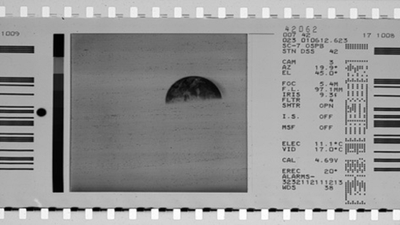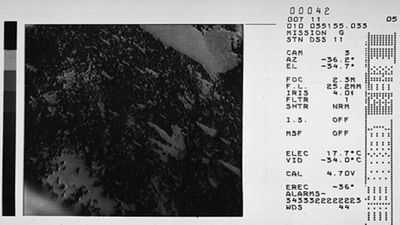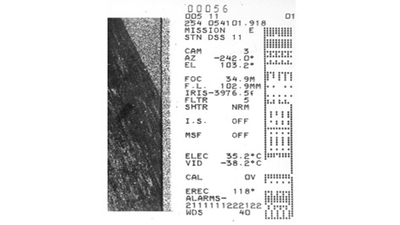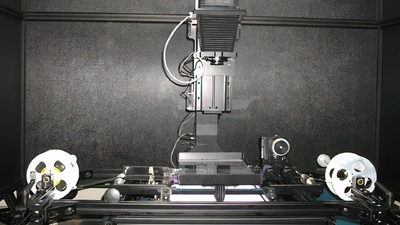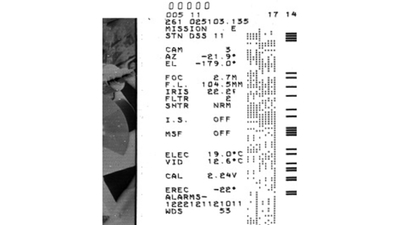Case Studies
How a NASA Facility is Digitizing over 90,000 Planetary Mission Images
University of Arizona uses Matrox Imaging OCR software to read text-field data from Surveyor missions in record time and with perfect accuracy
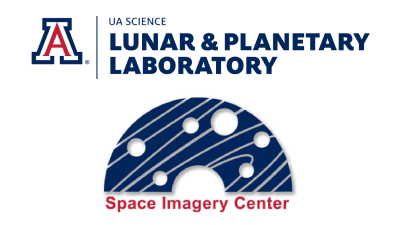
Raw materials
Many frames from the Surveyor missions had seemingly legible text, which the operators initially thought could easily be read by conventional optical character recognition (OCR) software. They soon discovered that the characters in the text were a dot matrix similar to old printers using a 7x9 teletype-style character, making it a challenge to find an OCR software capable of accurately reading the text fields. A comprehensive OCR solution was needed.
A stellar solution
Mission control
Operator interaction was intensive during the original scanning process. While the Stokes Imaging System was automated, the film itself was not uniform in spacing, indexing, exposure, or processing. Once scanned, Adobe® Photoshop® and MATLAB software were used to pick out the details and create large composite mosaics from the image files. The process also required manual error checking since the decoding of the dot-field data relied on calibration lookup tables created from the original 1966 pre-launch test data.
We have liftoff
The initial review of the Matrox OCR solution showed an almost perfect read from nearly 4,500 different image files. For example, for roll 1 of Mission 5, the Matrox OCR solution scanned 846 files, reading 15,191 individual fields for a staggering 99.77% accuracy. Rolls 2 and 9 of Mission 5, were even better, yielding respective 99.92% and 100% accuracy rates.
Looking to the future
Conclusion
Acknowledgements
Justin Rennilson, primary technology resource person for the PDS project.
Shane Byrne, director of the Space Imagery Center.
Maria Schuchardt, data manager of the Space Imagery Center.
John Anderson, senior media technician at LPL.
Leon Palafox and Rodrigo Savage, for overseeing MATLAB coding and processing.
John T. Stokes, president of Stokes Imaging, supplier of the scanning system and technical consultant to the project.
For more information contact Media Relations.

